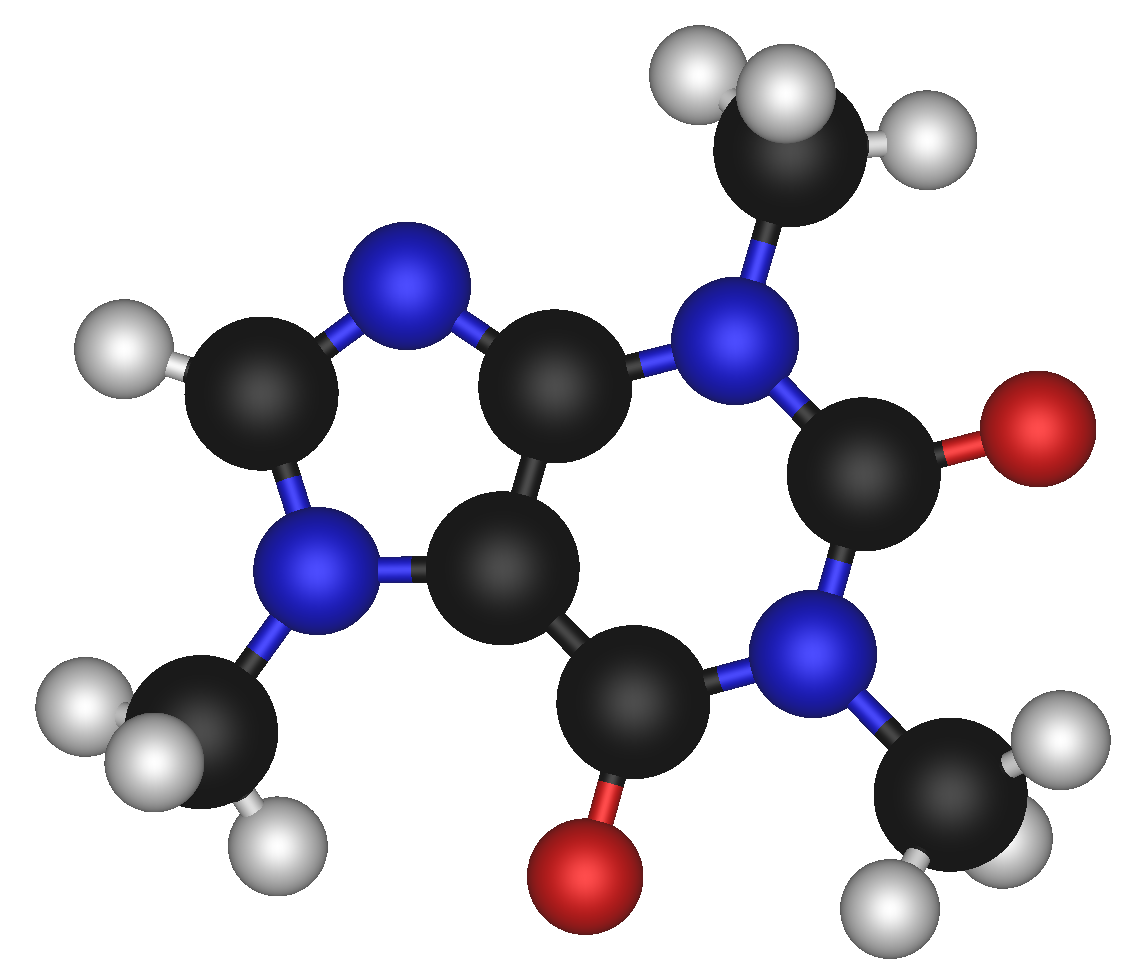
Cellular machines perform important work within human bodies. They construct vital substances, perfect the functions of others, and repair and alter faulty molecules. Without them, erroneous molecules, like misfolded proteins, could prove harmful or even fatal to an organism.
What, exactly, is a cellular machine? How do they unfold misfolded proteins? What are misfolded proteins? Read on for a brief overview of this fascinating phenomenon.
What is a Cellular Machine?
A cellular machine is a type of “cellular chaperone” protein that has evolved over time for a very specific function. These proteins, along with protease enzymes that break down proteins and other cellular clearance systems that remove broken down proteins, make up a larger system of proteostasis – protein quality control. Together, these mechanisms manufacture proteins, ensure proteins are present in the right concentrations, and make sure proteins are folded correctly.
A cellular machine’s primary job is to ensure the proper folding of proteins. Each can work on a wide variety of nonspecific proteins that are folded incorrectly, promoting protein unfolding as well as proper refolding.
What Are Misfolded Proteins?
In order to function correctly, proteins must coil and fold their polypeptide chains into their natural three-dimensional shape. This exposes the proper binding sites necessary to interact with other cellular molecules. Unfortunately, some proteins are easily denatured, or taken out of their natural state, when exposed to certain cellular conditions. When proteins exit their natural state, they revert to alternate, unfolded shapes that alter or eliminate their necessary function.
Such proteins can aggregate with other misfolded proteins, causing the amyloid deposits that oxidate and contribute to neurodegenerative diseases like Alzheimer’s, Parkinson’s, and Huntington’s. Misfolded proteins can also become infectious prions and lead to things like mad cow disease and Creutzfeltd-Jakob disease. For these reasons, it is crucial that misfolded and unfolded proteins are returned to their native state.
How Do Cellular Machines Refold Proteins?
Proteins functioning as cellular machines or chaperones interact with other proteins in a number of ways. Most utilize ATP binding and hydrolysis energy to interact with unfolded or misfolded proteins, unthreading and rethreading polypeptide chains through a pore and promoting proper refolding. Others pull at the ends of the proteins, prompting unfolding and a return to their natural state.
Still, other cellular machines known as remodeling factors actually disassemble faulty proteins in targeted places. Then, the proteins are reassembled and refolded in the proper state and can even be de-aggregated. However, not much is known about the specific mechanisms that underlie these interactions.
Moving Forward
Currently, no known cure exists for diseases caused by misfolded, unfolded, and aggregated proteins. However, further research into how cell machines operate to unfold and refold misfolded proteins could provide answers that may lead to future therapies for these diseases. Ultimately, cell machines and chaperone proteins may prove useful for aiding drug therapy of misfolding diseases.

